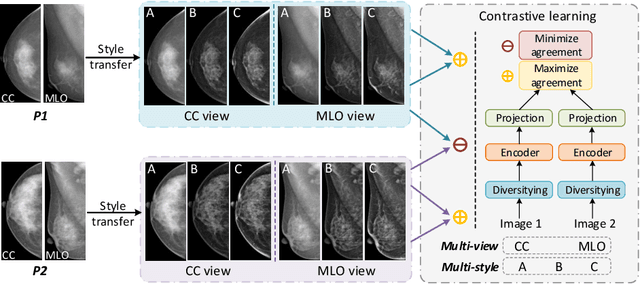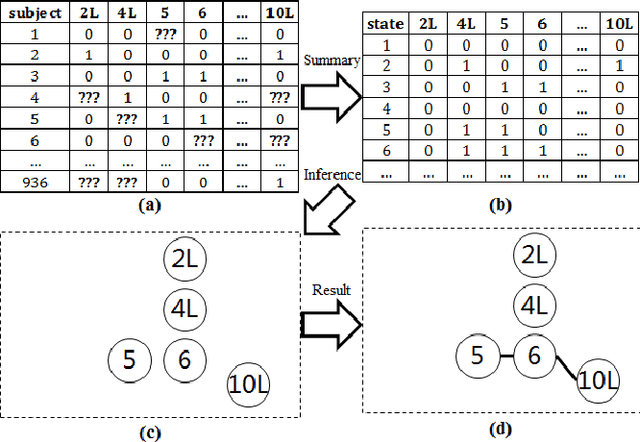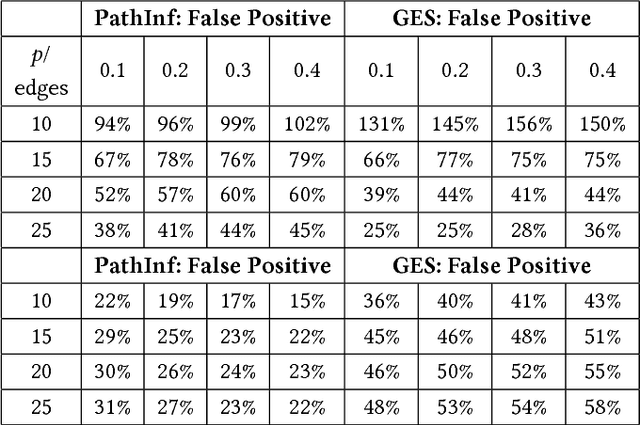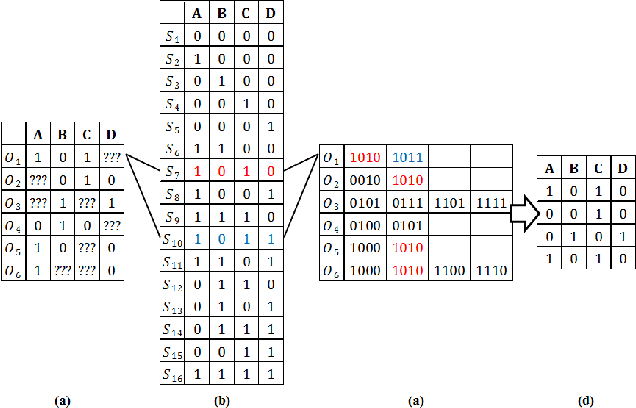Qitian Chen
Domain Generalization for Mammography Detection via Multi-style and Multi-view Contrastive Learning
Nov 21, 2021



Abstract:Lesion detection is a fundamental problem in the computer-aided diagnosis scheme for mammography. The advance of deep learning techniques have made a remarkable progress for this task, provided that the training data are large and sufficiently diverse in terms of image style and quality. In particular, the diversity of image style may be majorly attributed to the vendor factor. However, the collection of mammograms from vendors as many as possible is very expensive and sometimes impractical for laboratory-scale studies. Accordingly, to further augment the generalization capability of deep learning model to various vendors with limited resources, a new contrastive learning scheme is developed. Specifically, the backbone network is firstly trained with a multi-style and multi-view unsupervised self-learning scheme for the embedding of invariant features to various vendor-styles. Afterward, the backbone network is then recalibrated to the downstream task of lesion detection with the specific supervised learning. The proposed method is evaluated with mammograms from four vendors and one unseen public dataset. The experimental results suggest that our approach can effectively improve detection performance on both seen and unseen domains, and outperforms many state-of-the-art (SOTA) generalization methods.
* Pages 98-108
Network Modeling and Pathway Inference from Incomplete Data ("PathInf")
Oct 01, 2018



Abstract:In this work, we developed a network inference method from incomplete data ("PathInf") , as massive and non-uniformly distributed missing values is a common challenge in practical problems. PathInf is a two-stages inference model. In the first stage, it applies a data summarization model based on maximum likelihood to deal with the massive distributed missing values by transforming the observation-wise items in the data into state matrix. In the second stage, transition pattern (i.e. pathway) among variables is inferred as a graph inference problem solved by greedy algorithm with constraints. The proposed method was validated and compared with the state-of-art Bayesian network method on the simulation data, and shown consistently superior performance. By applying the PathInf on the lymph vascular metastasis data, we obtained the holistic pathways of the lymph node metastasis with novel discoveries on the jumping metastasis among nodes that are physically apart. The discovery indicates the possible presence of sentinel node groups in the lung lymph nodes which have been previously speculated yet never found. The pathway map can also improve the current dissection examination protocol for better individualized treatment planning, for higher diagnostic accuracy and reducing the patients trauma.
 Add to Chrome
Add to Chrome Add to Firefox
Add to Firefox Add to Edge
Add to Edge